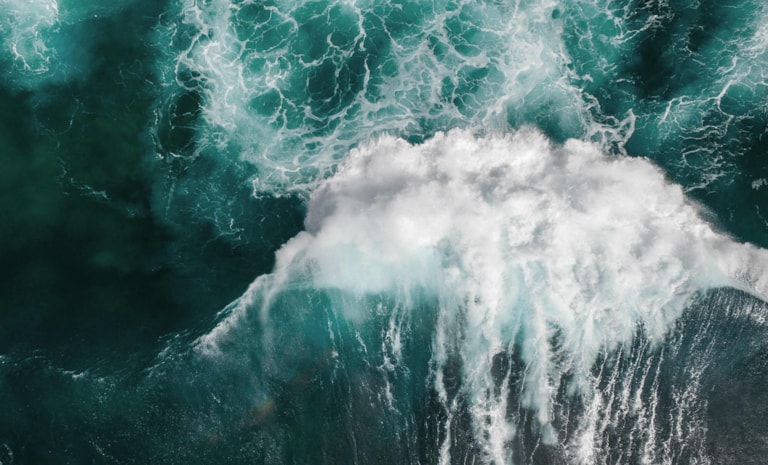Unique solution for the future
Together with ABB, ForSea has developed a unique solution for the future. The conversion of the ferries entailed the installation of a 4,160 kWh battery on each ship. It actually comprised 640 x 6.5 kWh batteries, which were located in containers between the chimneys on the ferries’ roofs. The batteries’ cooling water is also converted here into heating for all the areas on the ferries. The batteries should last for five years and contain the same amount of power as in 70 electric cars. The entire battery installation weighs 270 tonnes and this weight simultaneously gives the ferries better stability with less vibrations on board.


